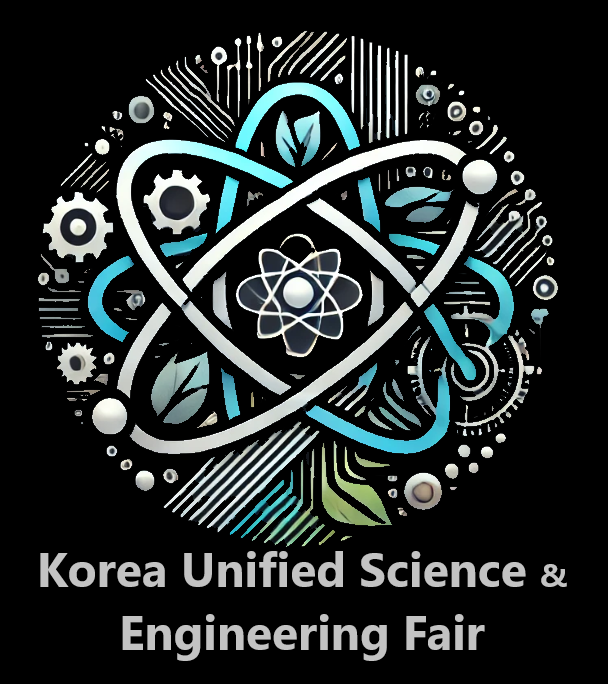Congratulations to Our Special Award Winners!
We wish you the best and much success in all your future endeavors.
Removing Motion Blur with Generative Adversarial Networks
Abstract
OCR(speech optical character recognition) describes a widespread technology that converts images containing text into machine-readable text. In the context of assistive technology, OCR can translate photos to text to speech, which enables individuals with visual impairment and/or linguistic deficiency to gain better access to the information within street signs, physical books, and other forms of common text. However, these programs do not take into account vertical and lateral motion blur caused by spontaneous vibrations, hand movement. breathing, muscle fatigue, and other issues commonly associated with photography. Furthermore, medical conditions such as HAVS and muscle sclerosis can further degrade the quality of the photos. For an unimpaired individual, the text may still be visible, but for an OCR program, the loss of pixel accuracy is critical.
This research attempts to remove motion blur from images and increase the accuracy resulting from common OCR programs. The photos were taken in a way that resembled images taken by individuals suffering from muscle sclerosis and/or HAVS(Hand-arm vibration syndrome), and passed through a derivative of a generative adversarial network. The final photos were visually checked, then fed into an OCR(Text to Speech) program to test for accuracy compared to the original unblurred photos.
